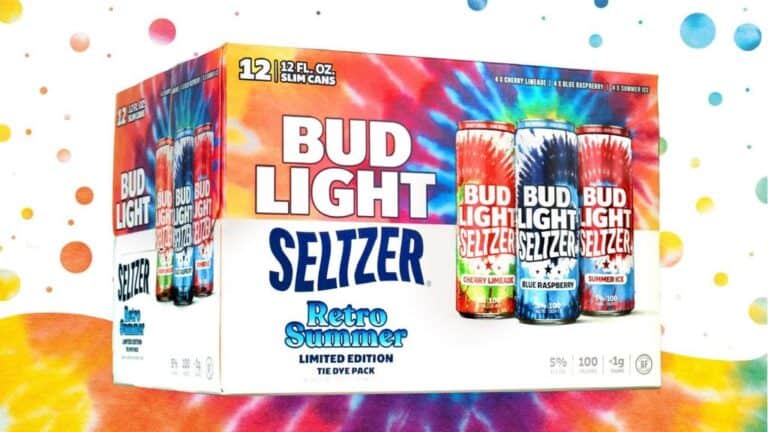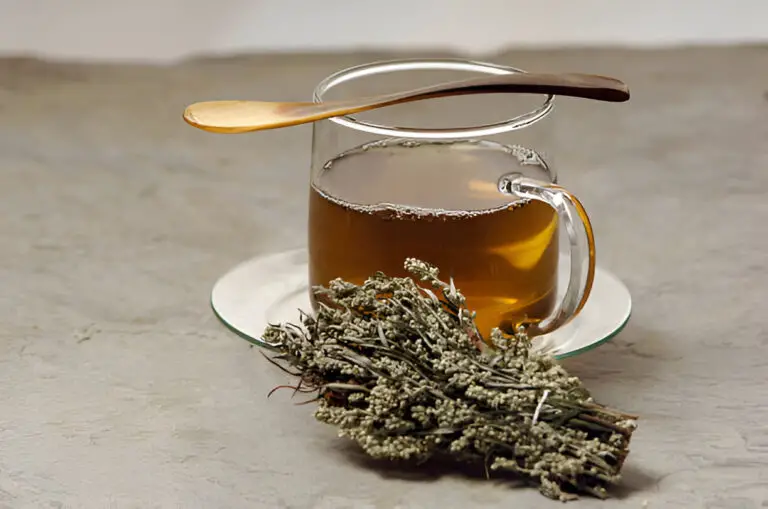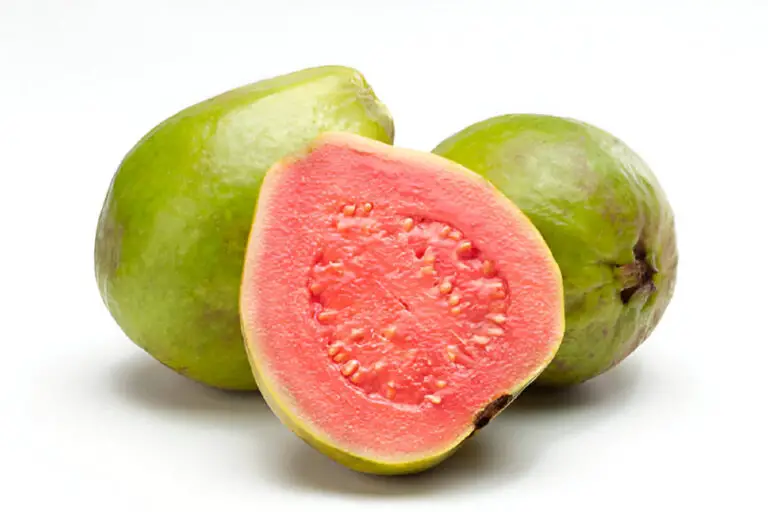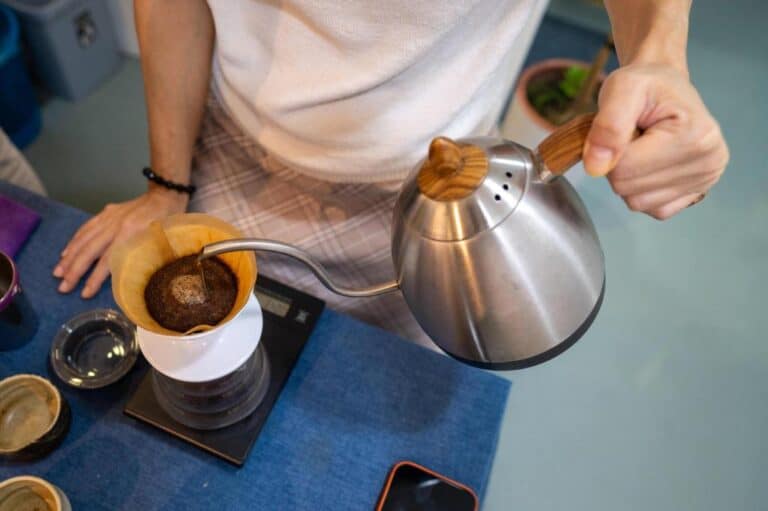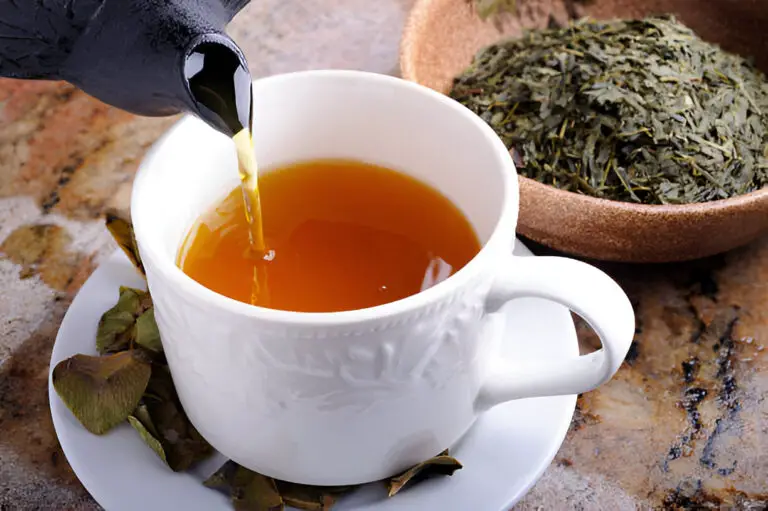How Pairing Red Wine with Certain Foods Can Enhance Its Sweetness
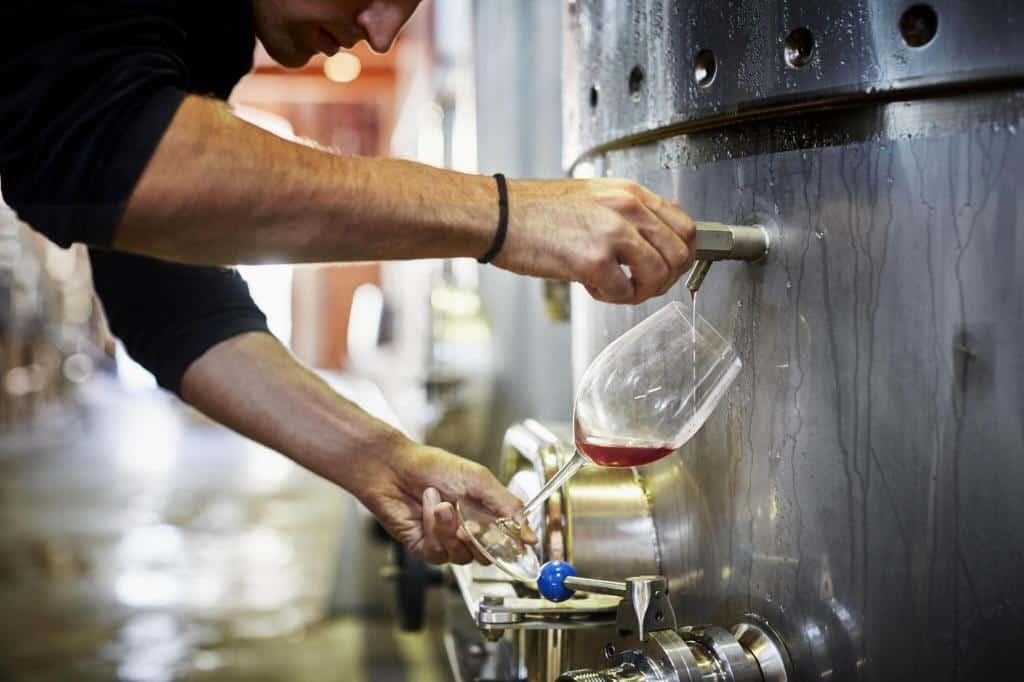
Red wine is celebrated for its complex flavors and aromatic profiles, which can range from fruity and floral to earthy and spicy. This complexity makes red wine a versatile choice for many occasions. While many enjoy red wine on its own, pairing it with certain foods can enhance its natural sweetness and create a more enjoyable tasting experience. The right food pairing can bring out hidden notes in the wine, making each sip a new adventure.
Knowing how flavors interact with red wine can help you pick the best pairings. It will elevate your dining experience. For example, pairing red wine with a juicy steak can enhance the wine’s rich, bold flavors. Conversely, combining it with a piece of dark chocolate can highlight its fruity undertones.
Are you curious about how to make your red wine taste even better with the right food combinations?
In this article, we will explore the science behind food and wine pairing. We’ll dive into the chemistry of flavors and how they complement each other. Additionally, we’ll suggest specific food items that complement red wine, from savory cheeses to sweet fruits. Understanding these pairings can transform a simple meal into a gourmet experience.
The Science Behind Food and Wine Pairing
Pairing food and wine is both an art and a science. The flavors and textures of food can influence the perception of wine, making it taste sweeter, more bitter, or more acidic. The key to successful pairing lies in understanding these interactions.
Flavor Interaction: When pairing red wine with food, consider the dominant flavors. Sweetness in food can make the wine taste less sweet and more acidic, while salty foods can enhance the wine’s sweetness and soften its tannins. Similarly, umami-rich foods, like mushrooms or aged cheeses, can bring out the wine’s fruitiness and sweetness.
Texture Interaction: The texture of food can also impact how wine is perceived. Fatty foods, like steaks or creamy sauces, can balance out the tannins in red wine. This makes the wine taste smoother and brings out its natural sweetness.
Foods That Enhance Red Wine Sweetness

Fruits
Fresh fruits and dried fruits are excellent for enhancing the sweetness of red wine. Consider serving berries, cherries, or figs alongside a glass of Merlot or Pinot Noir. The natural sugars in the fruit complement the wine’s fruit-forward notes, creating a harmonious blend of flavors.
Cheeses
Cheese is a classic wine pairing, for a reason. The saltiness and creaminess of cheese can enhance the sweetness of red wine. For example, pairing a robust Cabernet Sauvignon with aged Gouda or blue cheese can highlight the wine’s fruity and sweet undertones.
Meats
Certain meats, especially those with a bit of sweetness, can enhance red wine’s sweetness. Barbecue ribs with a sweet glaze or a honey-roasted ham can make wines like Zinfandel or Shiraz taste even sweeter. The smoky and sweet flavors of the meat complement the wine, creating a delightful tasting experience.
Chocolate
Chocolate and red wine are a match made in heaven. Dark chocolate with a high cocoa content pairs particularly well with red wines like Cabernet Sauvignon or Syrah. The bitterness of the chocolate can make the wine taste sweeter and more fruity.
Vegetables
Roasted vegetables with caramelized edges, such as carrots, sweet potatoes, or beets, can enhance the sweetness of red wine. The natural sugars released during roasting bring out the wine’s sweet flavors, making for a balanced pairing.
Practical Tips for Pairing Red Wine with Food
Match Intensity
Ensure that the intensity of the food matches the intensity of the wine. A light Pinot Noir might be overwhelmed by a heavily spiced dish, while a bold Cabernet Sauvignon might overpower a delicate salad.
Consider Regional Pairings
Often, wines pair best with foods from the same region. An Italian Chianti pairs beautifully with Italian dishes like pasta with marinara sauce or a rich risotto. Exploring regional pairings can lead to delightful discoveries. They also enhance the dining experience.
Balance Flavors
Aim for a balance of flavors between the wine and the food. If the wine is very sweet, pair it with something that has a contrasting flavor, like a salty cheese or a tangy dish. This contrast can make the sweetness of the wine more pronounced and enjoyable.
Experiment and Enjoy
Don’t be afraid to experiment with different pairings to find what works best for your palate. Wine tasting is a personal experience, and discovering new and unexpected pairings can be part of the fun. Take notes on what combinations you enjoy and use them to guide future pairings.
Pairing Red Wine with Meals: A Comprehensive Table
To simplify your pairing choices, here’s a comprehensive table listing popular red wines and their ideal food pairings that enhance sweetness:
| Red Wine | Ideal Food Pairings | Description |
| Cabernet Sauvignon | Aged Gouda, barbecue ribs, dark chocolate | Enhances fruitiness and sweetness |
| Merlot | Roasted vegetables, berries, mild cheddar | Brings out sweet and fruity notes |
| Pinot Noir | Fresh cherries, grilled salmon, brie cheese | Complements light, fruity flavors |
| Zinfandel | Honey-roasted ham, barbecue pork, dried fruits | Balances sweet and smoky flavors |
| Syrah/Shiraz | Blue cheese, dark chocolate, roasted lamb | Enhances sweetness and fruitiness |
| Malbec | Caramelized onions, sweet potatoes, spicy sausage | Brings out rich, sweet undertones |
Is Sweetness a Reflection of Quality in Red Wine?
The sweetness of red wine is not necessarily an indication of its quality. While some people associate sweetness with higher quality, it is just one of many characteristics that define a wine’s profile. Many factors determine red wine’s quality. These include the grape type, the winemaking process, and the production region.
A well-balanced wine, whether sweet or dry, showcases the skill of the winemaker and the unique qualities of the grapes.
When considering sweetness, it’s important to understand how it interacts with other elements of the wine. Acidity, tannins, and alcohol content all play significant roles in the overall taste and structure of the wine. A good red wine has a balanced mix of these elements. It makes a tasty and complex flavor.
Moreover, personal preference plays a crucial role in determining what makes a wine “good.” Some people may prefer the richness of a sweet red wine, while others may favor the subtle nuances of a dry variety. Ultimately, the best wine is one that aligns with your individual tastes and enhances your dining experience.
Case Studies: Successful Pairings
Cabernet Sauvignon and Dark Chocolate
Imagine ending your meal with a piece of dark chocolate and a glass of Cabernet Sauvignon. The dark chocolate’s bitterness brings out the wine’s rich fruitiness, making the wine taste sweeter and more balanced. This pairing works well. The strong flavors of the chocolate and the wine complement each other. They create a harmonious and pleasing finish.
Pinot Noir and Grilled Salmon
A light, fruity Pinot Noir pairs excellently with grilled salmon. The wine’s acidity cuts through the richness of the salmon, while the subtle fruit flavors enhance the fish’s natural sweetness. Adding a side of roasted vegetables further enhances the dish, bringing out the best in the wine and the food.
| Read: What Is the Liquid in Canned Salmon? |
Merlot and Roasted Vegetables
For a vegetarian-friendly pairing, consider Merlot with a medley of roasted vegetables. The natural sugars in roasted carrots, sweet potatoes, and beets fit the Merlot’s fruit-forward profile. They make the wine taste sweeter and more vibrant. This combination is perfect for a cozy, hearty meal.
Common Mistakes to Avoid
Overpowering the Wine
Avoid pairing a light red wine with a dish that has strong, overpowering flavors. This can make the wine taste bland and diminish its sweetness. Instead, match the wine’s intensity with the food’s intensity to ensure a balanced pairing.
Ignoring Acidity
Acidity is a crucial factor in wine pairing. Foods with high acidity, like tomatoes or citrus, can make red wine taste more acidic and less sweet. If you’re pairing red wine with acidic foods, opt for wines with a good balance of acidity to maintain harmony in the flavors.
Serving Temperature
Serving red wine at the wrong temperature can affect its taste and sweetness. Ensure red wine is served slightly below room temperature, around 60-65°F (15-18°C). This temperature range enhances the wine’s flavors and sweetness of red wine.
Conclusion
Pairing red wine with the right foods can greatly enhance its natural sweetness. It creates a more enjoyable taste. By understanding the science of flavor interactions and picking complementary ingredients, you can elevate your dining experience. You can also appreciate the nuances of red wine.
Whether you’re hosting a party or eating at home, these tips and suggestions will help you pair red wine well. Cheers to discovering new and delightful pairings!

